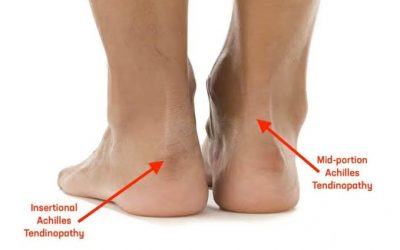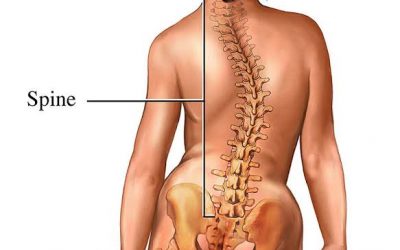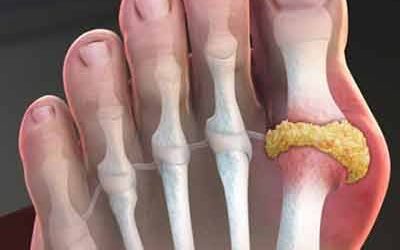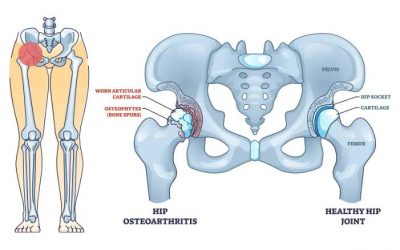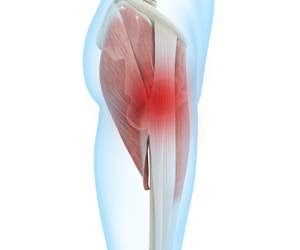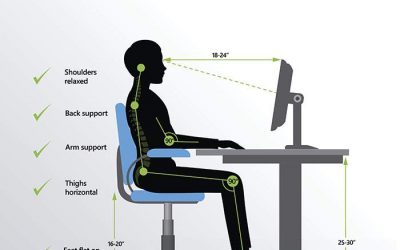Piriformis Syndrome
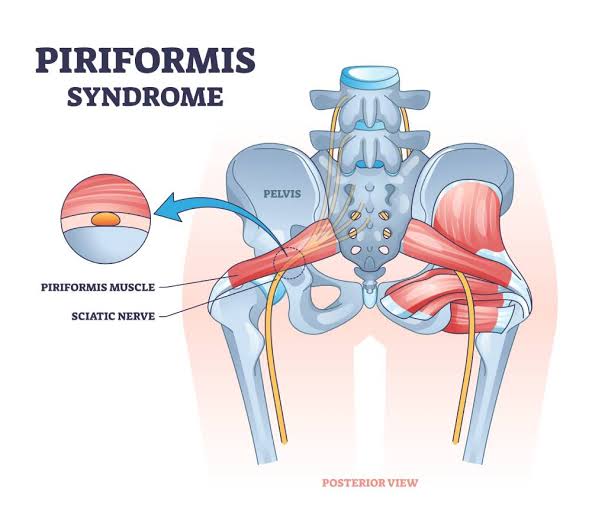
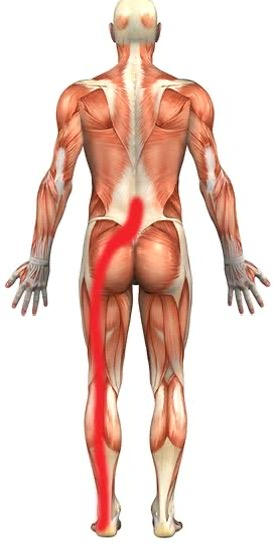
You may have heard of sciatica, the biggest and longest nerve of our body,a pain that starts in the buttocks and runs down one or both legs. Sciatica is usually caused by compressure or irritation of nerves in the lower back. One condition that causes pressure on those nerves is called piriformis syndrome.
The piriformis is a muscle that extends from the front of the sacrum. That’s the triangle-shaped bone between your two hipbones in your pelvis. The muscle extends across the sciatic nerve to the top of the femur. The femur is the large bone in your upper leg.
The piriformis helps the thigh move side to side. A piriformis muscle spasm can put pressure on the sciatic nerve and cause symptoms. The result is piriformis syndrome.
Symptoms
Most of the symptoms of piriformis syndrome are those caused by sciatica. These include:
- Pain, tingling, or numbness in your butt muscle
- A dull ache in your butt muscle
- Pain down the back of your thigh, calf, and foot
- Pain when walking up stairs or hills
- Increased pain after sitting for a long time
The pain is due to the piriformis muscle compressing the sciatic nerve. Most cases of sciatica, however, are not due to piriformis syndrome.

Causes
The piriformis gets a workout every day. You use it when you walk or turn your lower body. You even use it just from shifting your weight from one side to the other. The muscle can become injured or irritated from long periods of inactivity or too much exercise.
Some common causes of piriformis syndrome include:
- overuse from excessive exercise
- running and other repetitive activities involving the legs
- sitting for extended periods
- lifting heavy objects
- extensive stair climbing
Diagnosis
There isn’t a test that can tell doctors if you have piriformis syndrome. The way they diagnose the condition is by taking your symptom history and giving you a physical exam. They may try to recreate the symptoms by having you do specific movements.
Because piriformis syndrome symptoms can be similar to those of other conditions, your doctor may ask you take one or more of the following tests to rule out other causes of sciatic nerve compression, such as a herniated disc:
- Ultrasound
- Computed tomography (CT) scan
- Magnetic resonance imaging (MRI)
- Electromyogram (EMG), a test that records electrical activity in muscles
Injuries can also damage the muscle and cause it to press down on the sciatic nerve. Typical piriformis injury causes include:
- a sudden twist of the hip
- a bad fall
- a direct hit during sports
- a vehicle accident
- a penetration wound that reaches the muscle
Treatment
Piriformis syndrome treatment may include:
- A few days of rest.
- Home exercises to stretch or strengthen the piriformis.
- Nonsteroida anti-inflammatory drugs.
- Massage, as complementary medicine.
- Medications that relax the muscles.
- Piriformis syndrome physical therapy that focuses on stretching and strengthening the piriformis.
- Steroid injections.
- Botulinum toxin injecitons.
Piriformis syndrome surgery is usually not recommended unless all other therapies fail. Surgery for this condition may involve removing scar tissue or other sources of pressure on the nerve.
